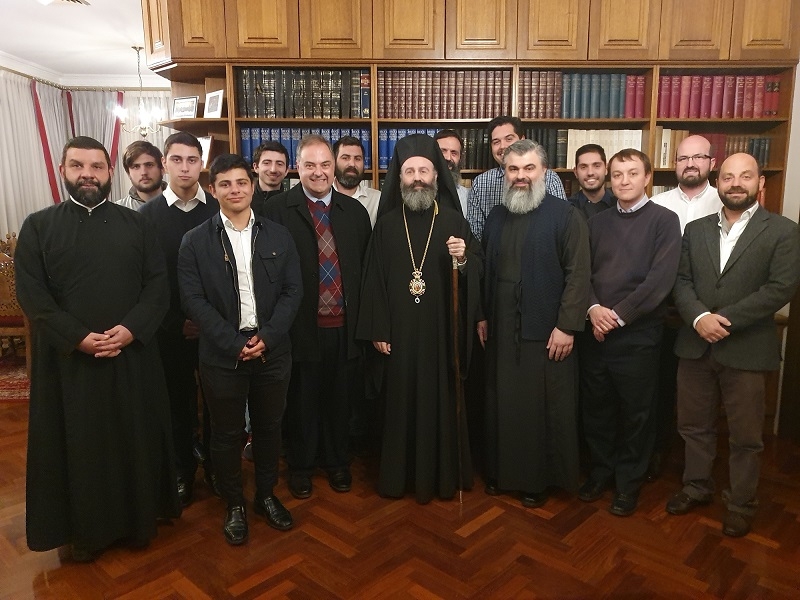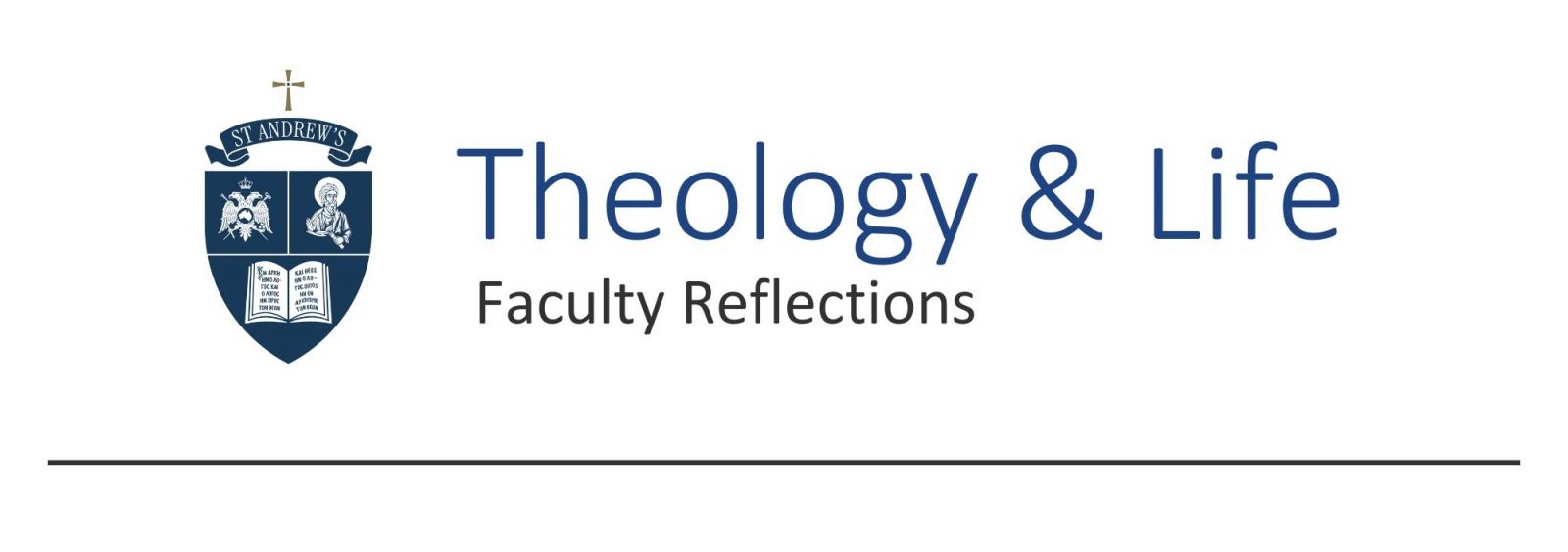- Home
- About us
- Students
- Courses
- Research
- Library
- News & Events
- Gallery
- Contact
- Our Blog
Latest News

B9253A Interpreting the Four Gospels
This course unit The Four Gospels builds on any introductory course unit in Biblical Studies and contributes towards the sub-major sequence in Biblical Studies. It enables students to develop the ability to research in Biblical Studies through reading the four New Testament Gospels in the light of relevant contemporary scholarly literature and accepted exegetical methodologies.
| Unit Code: | B9253A | |
| Unit Name: | The Four Gospels | |
| Credit Value: | 9 credit points | |
| Mode of Study: | Face to Face/ Synchronous ZOOM and Asynchronous. | |
| Pre-Requisite Units: | B8150A Introduction to the New Testament |
Learning Outcomes
At the end of this unit, students will be able to:
1. Interpret the way that the historical, socio-cultural, and religious background of the New Testament period influenced the development of each of the four Gospels
2. Identify the principal literary forms and theological themes of the four Gospels of the New Testament to show how they communicate their theological content.
3. Exegete selected passages from the four Gospels using an accepted methodology.
4. Integrate secondary literature on the four Gospels to interpret selected Gospel passages or themes.
5. Apply insights gained form the critical study of the four Gospels to contemporary Christian preaching, teaching, and spirituality.
Weekly Topics
- Introduction to the course unit
- Palestine at the time of Jesus; historical-political situation; cultural and religious background of the people and places in the Gospels
- Gospel of Mark. Author, date, and place. The social and religious context of Mark’s community and the Gospel’s purpose. Literary structure, outline, stylistic features.
- Review of exegetical approaches to the Gospels; exegetical exercises on selected passages from the Gospel. Markan Christology and discipleship.
- Gospel of Matthew. Author, date, and place; the social and religious context of Matthew’s community. Structure, outline, and stylistic features of the Gospel. Relationship between the Gospel's structure and Matthew's Christology.
- Use of Gospel Parallels in exegesis of Mt and Lk. “Fulfilment quotations”. Exegetical exercises on selected passages. Kingdom of heaven; the Church.
- Gospel of Luke; authorship, historical context. Luke’s own statement of the Gospel’s purpose; the Lukan community; Literary structure, style; exegetical exercises on passages from the Gospel.
- Luke’s Christology. Key themes: Universal salvation: Gentile and Jew; rich and and poor; the Holy Spirit; Mary, the Theotokos; forgiveness; Lukan parables.
- Gospel of John: authorship, historical context, purpose, literary structure and distinctive features; the Johannine community; the Beloved Disciple; comparison with the Synoptics; use of the Synopsis; exegetical exercise.
- Johannine Christology. Other Johannine theological themes: discipleship; ‘believing’; the love commandment; the role of characters.
- Christologies of the Four Gospels. Case study: the Resurrection narratives: similarities and differences; the Risen Jesus. Application: the Gospel readings, Sundays after Pascha.
- Patristic exegesis of the Gospels; the unique value of Patristic exegesis; the apostolic fathers and apologists; from Origen to Nicaea; Nicaea to Chalcedon; the Cappadocians; Latin fathers.

.jpg)





.png)